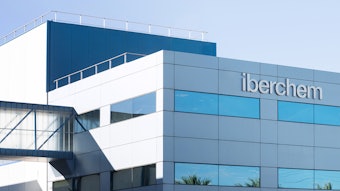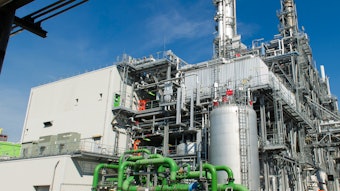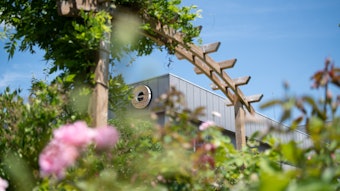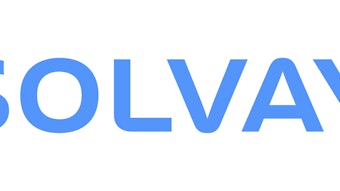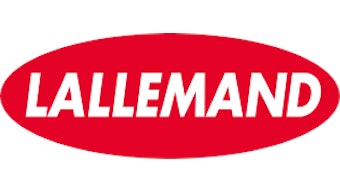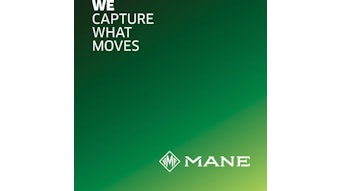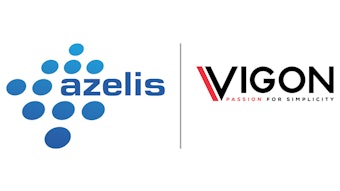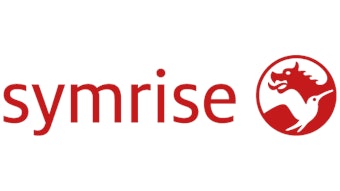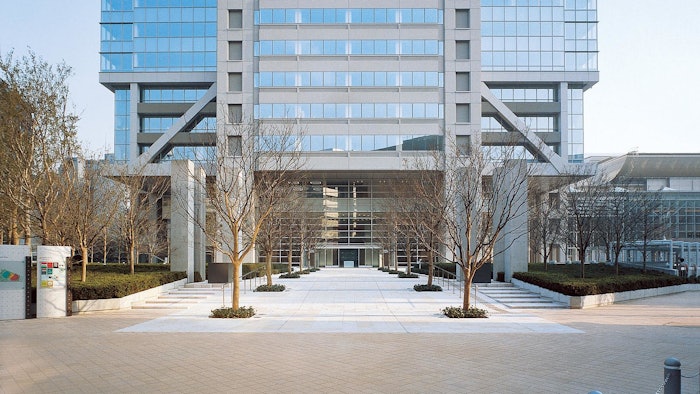
Tokyo-based Takasago made significant strides in the last 12 months, including double-digit growth across its affiliate network and notable growth in emerging markets. President and chief executive officer Satoshi Masumura discusses the company's use of developing technologies to keep its momentum in the coming years.
Takasago International Corporation
Tokyo, Japan
2024 Sales: ¥229.2 billion
Can you give a brief overview of some key highlights of milestones the company reached over the last 12 months?
The fragrance organization achieved a significant milestone in 2024 by reaching the $0.5 billion sales revenue mark. This has been fueled by double-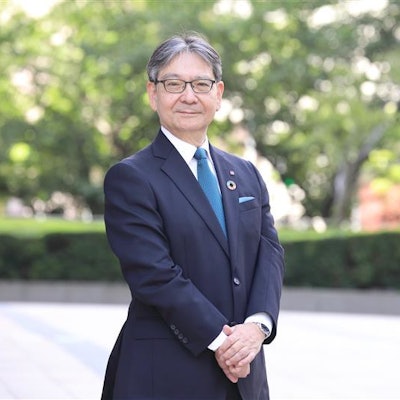 Satoshi Masumura, president and chief executive officer, TakasagoCourtesy of Takasago
Satoshi Masumura, president and chief executive officer, TakasagoCourtesy of Takasago
We partnered with more customers than ever before, expanding our reach across the globe, propagating new technology and creativity to drive consumer liking and enhance our partners competitiveness in the marketplace.
We built new capabilities in key markets, with the highlight being the state-of-the-art creative center in Mumbai to deliver enhanced levels of service to our customers in this growth market.
How is your company leveraging new technologies to enhance fragrance creation and experiences? What excites you the most?
Fragrance creation through artificial intelligence cannot be ignored. We work with many different approaches, sometimes leaning more on bottom-up approaches based on the vast number of formulas in our hands, and sometimes taking a top-down that starts from consumer insights and the formula behind them. We have leveraged both approaches in the past year with successful product launches in the EMEA region.
In addition, understanding better how to enhance consumer experiences is driven by multiple advancements from the developments in neuroscience to the learnings from the mass of data available from our highly connected consumers.
From your perspective, which key markets are facing the most challenges in terms of sourcing/production? How is this being addressed?
All markets are interconnected today and there are no regions that are insulated from supply chain disruptions. The industry is navigating global conflicts, trade wars with the threat of tariffs and capacity constraints of key materials. Effective forecasting to meet customer demand is one approach, but it is critical to develop multiple sourcing strategies to mitigate risk.
With a major focus on functional scents, what type of research is your company conducting/investing in to meet these consumer demands? Can you share any insight into recent innovations?
We have actively invested in the field of olfactive receptors for more than 10 years and we see more and more products launched including this technology, especially in the area of malodor control across all markets. We still believe that there is plenty of room to explore as despite the general trend to globalization there remain specific country issues due to the combination of habits and climate.
The general area of wearable devices has allowed us to quantify functional and emotional benefits for consumers outside laboratory conditions, a recent advance being a successful clinical trial for improved sleep from scent in home.
Are there any segments that are trending in terms of innovative technology debuts? Or segments that consumers are growing more curious about?
The area not mentioned so far but is trending as a societal issue and which certainly has a technology element is sustainability. Indeed, Takasago contributed to a recent article in this journal on IFRA’s Green Compass concerning how to improve the environmental impact of producing fragrance ingredients. In general, the topic of biodegradability is rising with the most concrete example to date being the commercial development of biodegradable capsules (TAKAPS®5G), a new capsule chemistry. Another broad issue is reducing the carbon footprint of our industry, and this will require both new approaches to creation and raw material sourcing to meet the announced goals of the industry and our customers for 2030, which is just 5 years away. Finally sourcing of raw materials, especially naturals, attracts ever increasing interest, both from consumers and regulators.
How do you envision the fragrance industry evolving over the next 5-10 years?
Growth will continue apace across the emerging markets with new consumer demands influencing the creative process. New technologies will be needed to address the changes to the regulatory landscape and the collective challenge to reduce our carbon footprint.
What are the emerging consumer trends that will shape the future of the fragrance market?
Developed markets are saturated, so new product forms will be a focus. These will require new fragrance solutions. The need to address mental health challenges will remain critical, so how fragrances augment positive emotional experiences will continue to be relevant. Niche markets will continue to be buoyant as consumers demand customized solutions that drive individuality.
How is your company positioning itself to stay ahead in this rapidly changing landscape?
Takasago has strong creative and technical capabilities in the key growth markets. We are guided by the philosophy of “contributing to society,” so we adapt as societies evolve. With strong R&D platforms, we can address the myriad of demands from the consumer, from the emergence of AI generated fragrances to supporting our partners to meet new product claims.

